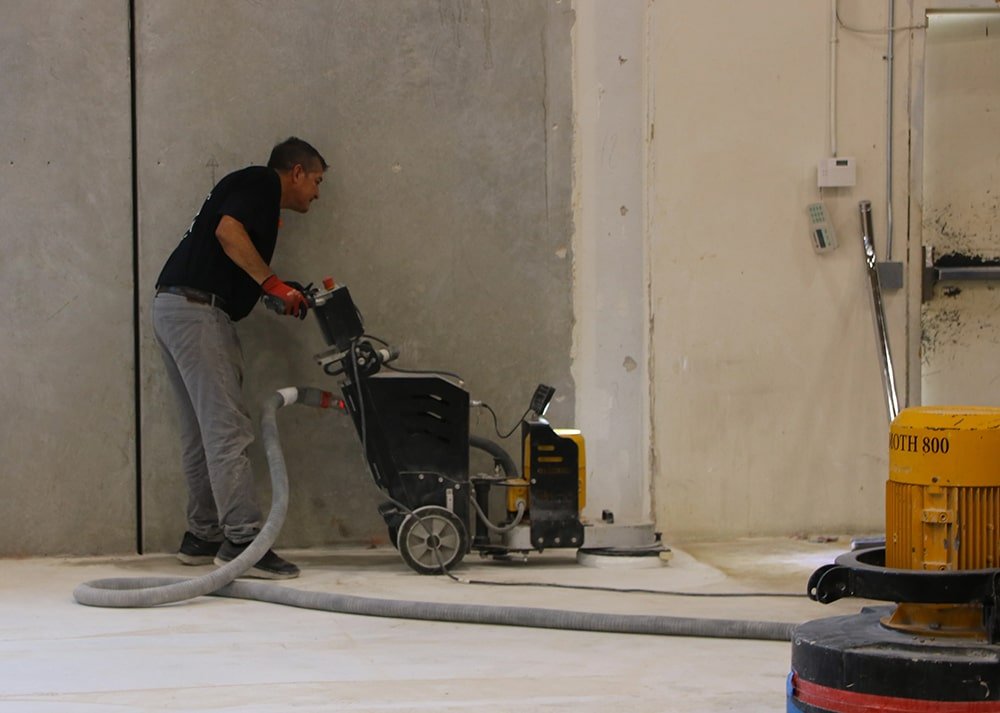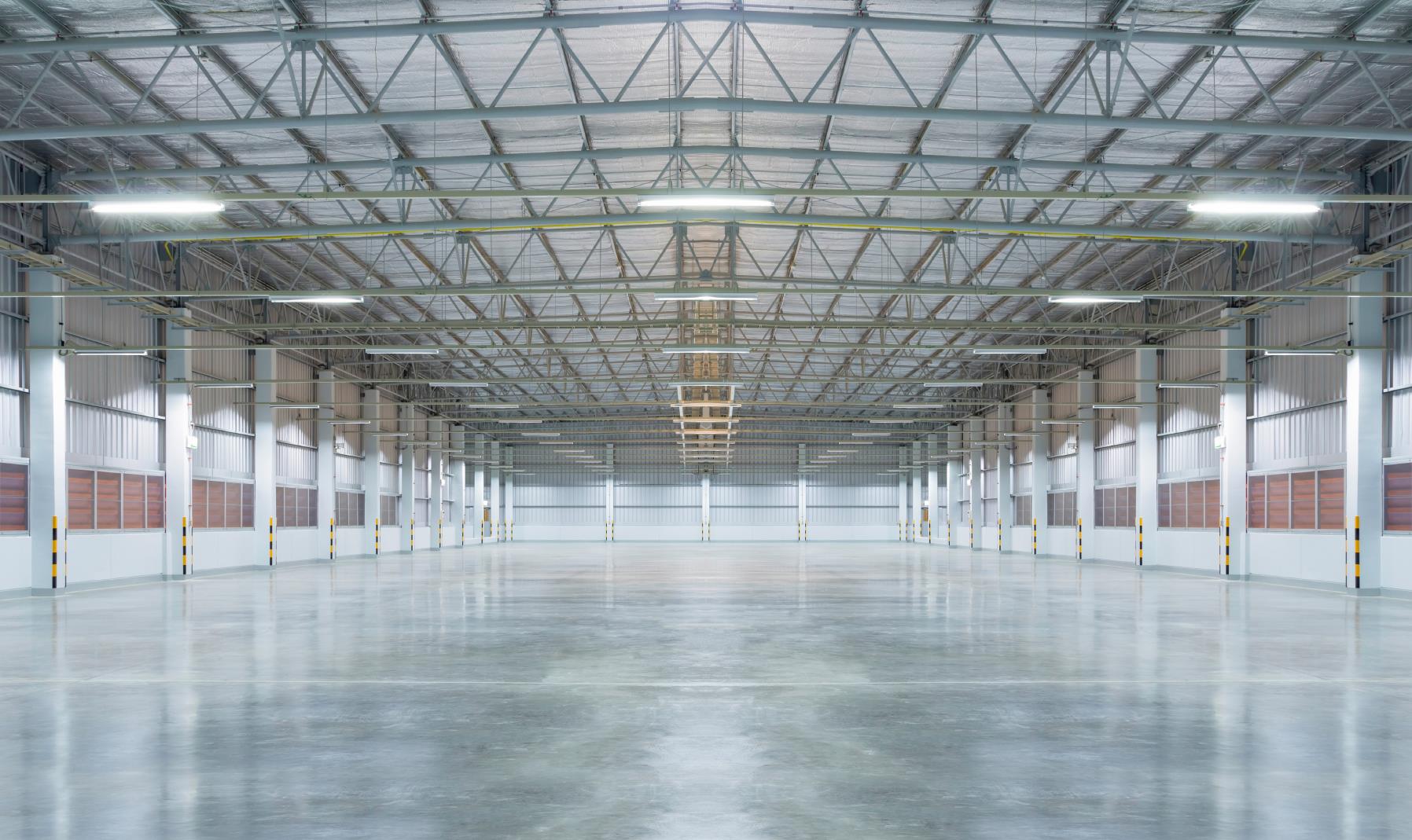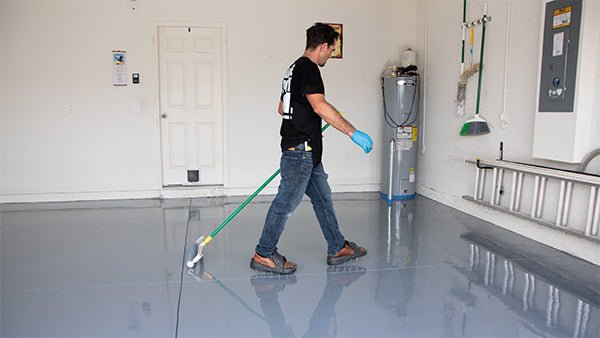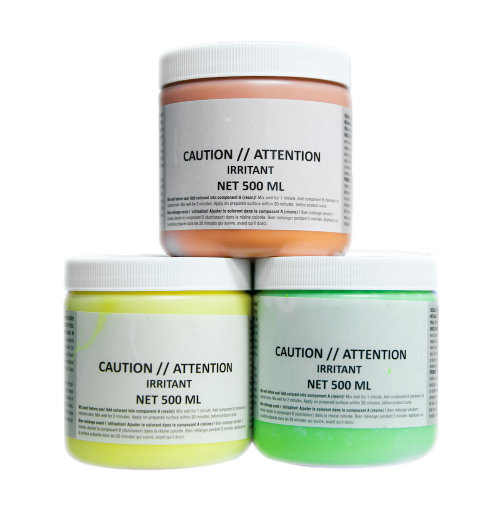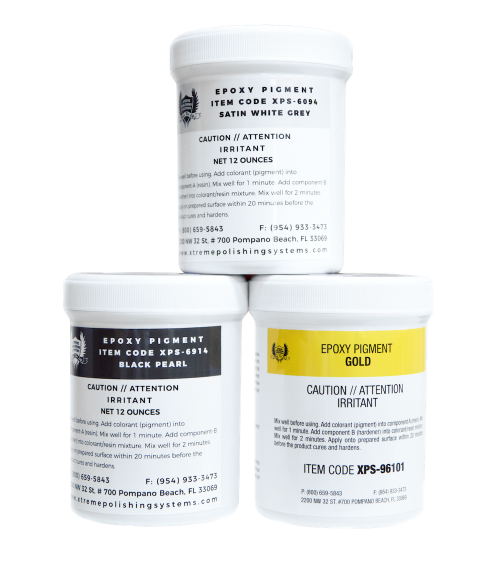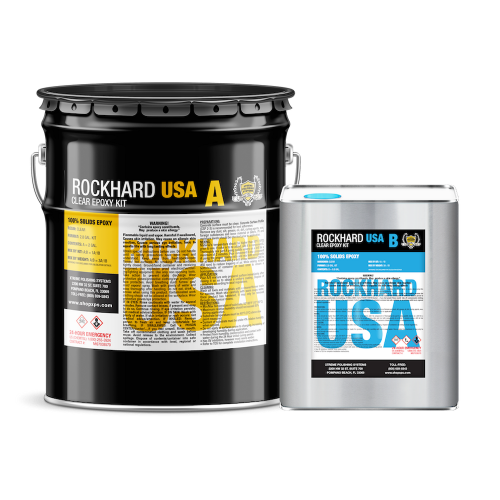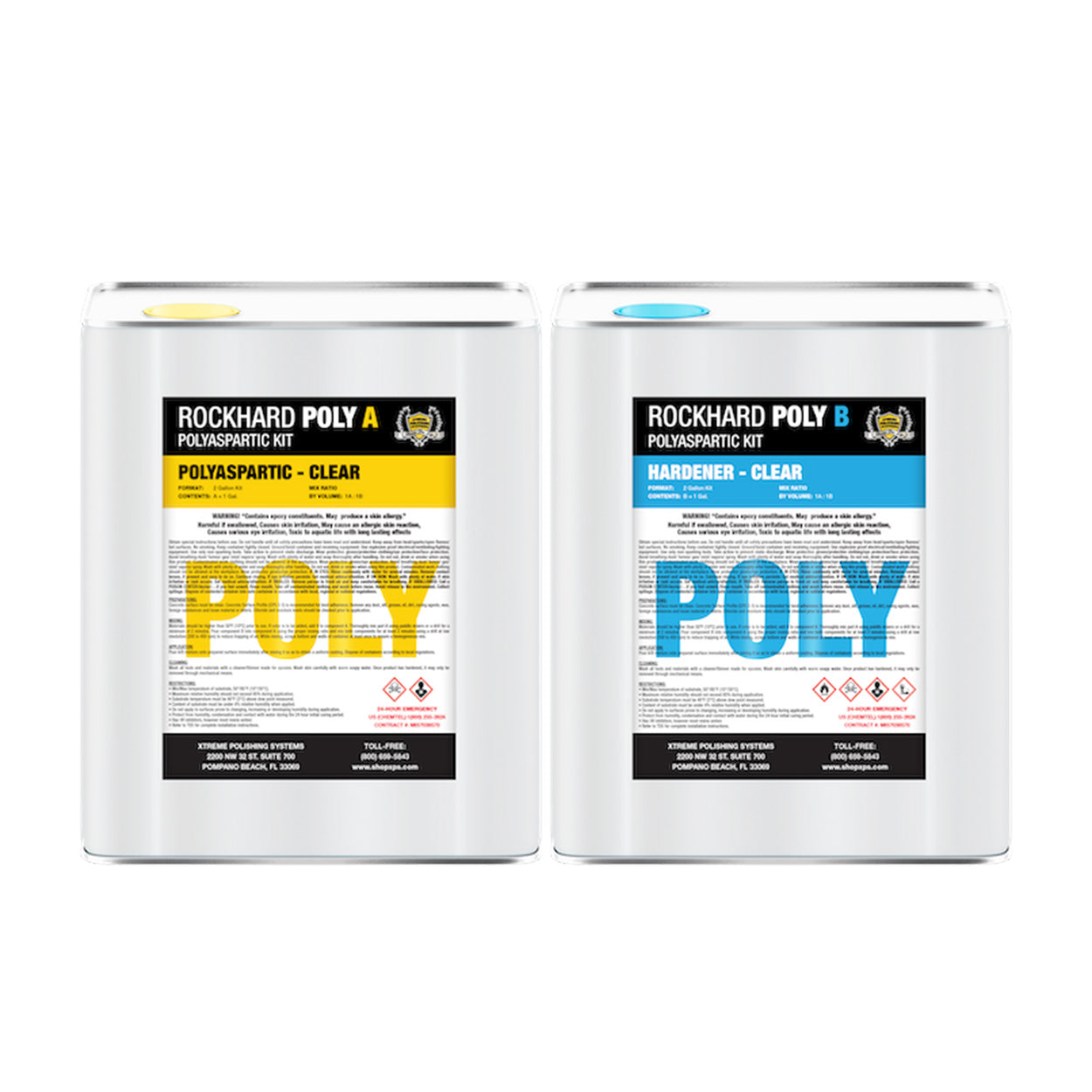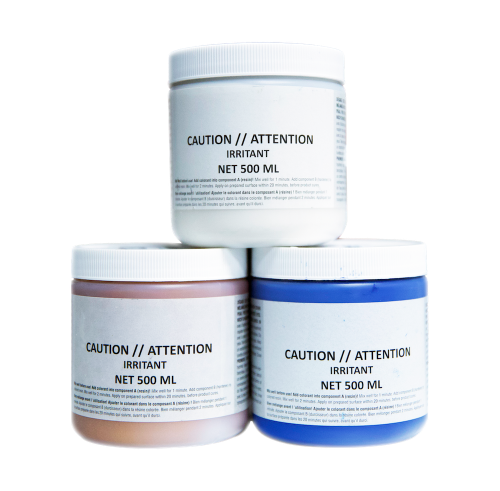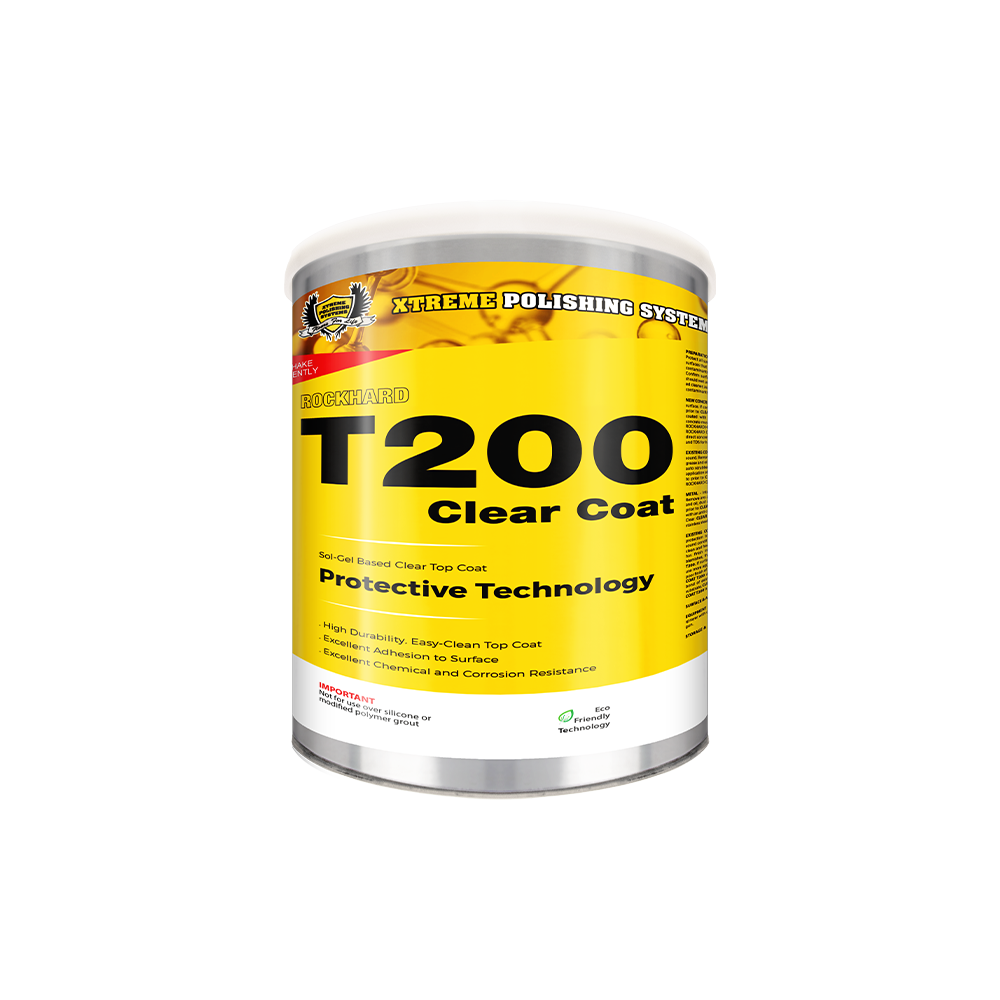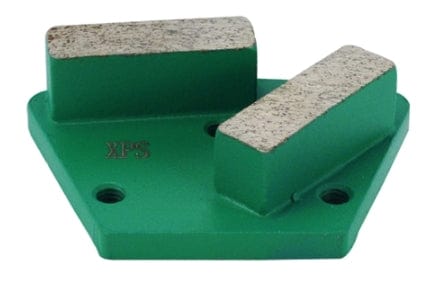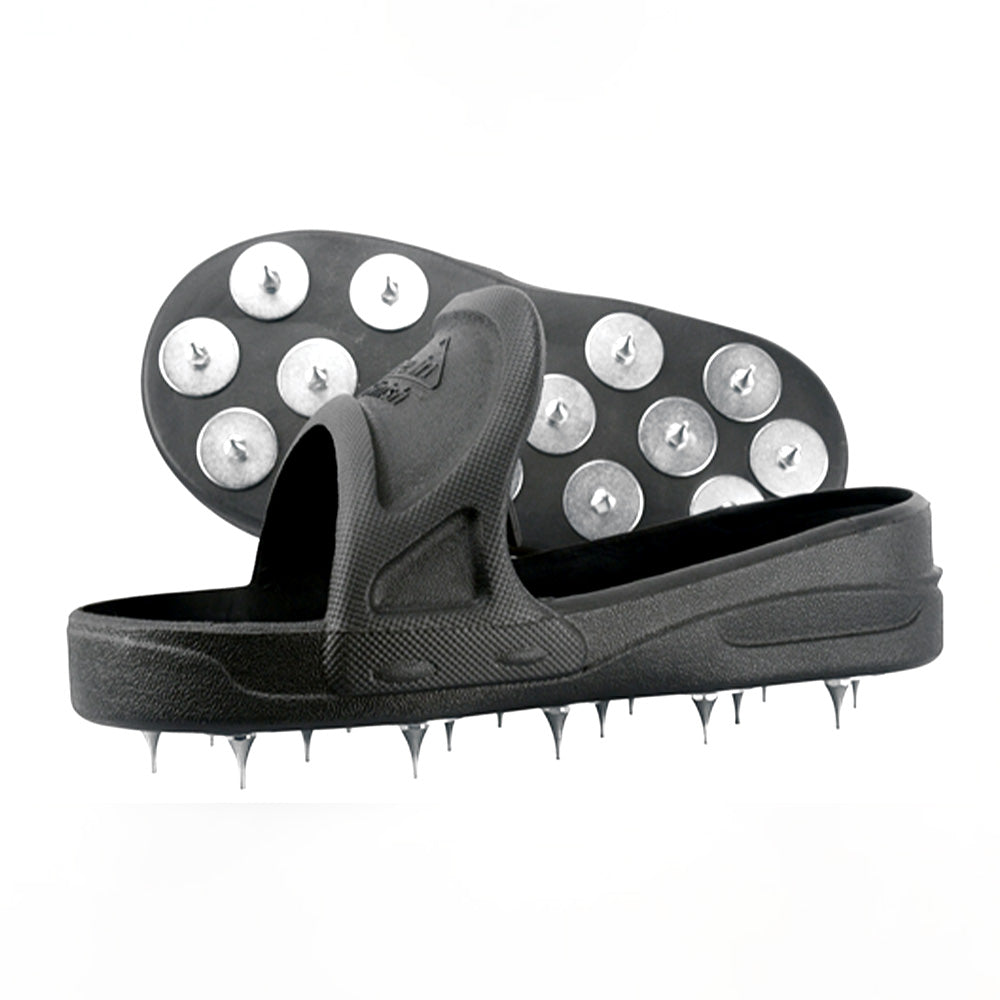Everything You Need to Know About Wet vs. Dry Grinding and Polishing
You cannot deny the fact that concrete grinding and polishing are effective and economical methods for strengthening and beautifying your concrete floors. When done professionally, concrete floors have a natural beauty that enhances their aesthetics and value. In addition to being environmentally friendly, low maintenance, and sustainable, concrete grinding and polishing is also a cost-effective flooring solution.
In fact, there are two primary methods of polishing: the "dry" method and the "wet" method. Though similar, each has its own advantages. Choosing the right method is essential for achieving the most effective results on your floor. Let us help you decide which application best fits your project by comparing and contrasting wet and dry grinding and polishing.
What is Concrete Grinding and Polishing?

To improve the appearance of concrete surfaces, rough surfaces are smoothed with a machine or equipment. It involves heavy machinery and multiple discs that resemble sandpaper. There are several stages to concrete grinding, with polishing being the final step. At the end of the process, very fine discs are used to achieve outstanding shine and utter smoothness.
To create beautiful concrete surfaces that resemble polished stone, concrete grinding and polishing are to be used for achieving this process. In fact, concrete grinding and polishing have a number of benefits, including:
- Durability: The hardness and durability of polished concrete floors make them more durable than regular floors. High-traffic areas tend to benefit from these floors because they hold up well. Grinding and polishing concrete floors can prevent chipped floors, stains, and discoloration.
- Easily maintainable: A polished and ground concrete floor is easy to maintain. Cleaning the floor is as simple as sweeping and mopping.
- Cost-Effective: Concrete floors that have been polished and ground need to be renewed every seven to ten years in areas where traffic is high. This makes it a cost-effective option, compared to other flooring options.
- Sustainable: Concrete grinding is one of the greenest flooring options on the market because it leaves virtually no waste behind. In addition, floors that undergo grinding and polishing improve air quality by reducing mold and dust.
- Ensures safety: Concrete floors are polished and ground to produce highly glossy surfaces that reflect light and look beautiful. Your lighting costs will also be reduced when you do this, which helps create a safe work and living environment for your employees and loved ones.
What is the Difference Between Wet and Dry Grinding and Polishing?

Dry grinding and polishing: Dry polishing utilizes commercial-scale polishing machines and specialty concrete refinishing tools to grind the topical surface of the concrete. A concrete surface is ground using this combination of tooling and machinery in order to produce the client's desired shine. Diamond discs are often incorporated with coarse diamond grit at an earlier stage of the process. An even finer disc is then used to achieve a final shiny finish.
Several types of concrete floor grinders, polishers, and industrial vacuum systems are available today and specially designed for the dry polishing process. Concrete floor grinders and polishers are commonly attached to dust extraction systems, also referred to as industrial vacuums for capturing dust accumulated during the dry polishing process.
Wet grinding and polishing: With the wet abrasive grinding method, diamond abrasives are kept at standard temperatures and dust is captured in a slurry state to prevent air pollution. However, the final product rarely exhibits a high-luster shine, despite using the same polishing discs.
Wet Grinding and Polishing PROS
- Extends the life of diamond tools: Diamond tooling is more likely to last longer and grind more aggressively when it is wet ground and polished. Additionally, wet abrasive grinding keeps the diamond tools much cooler which prevents them from glazing over, thereby preventing diamond tooling from deteriorating. On medium-hard and extremely hard floors, this allows the diamond to cut much faster.
- Effortlessly removes ugly scratches: Water helps remove the unsightly scratches left by the metal-bonded diamonds during the initial stages of the process. This ensures your floors have a dull, easy-to-maintain glossy surface.
- A dust-free environment: Compared to dry grinding, wet abrasive grinding produces no airborne dust, so dust collectors, respirators, and vacuum cleaners don't need to be used, which reduces operating expenses. Furthermore, the water shields the user from the dangers of exposure to toxic silicon particles.
- A deeper understanding: Compared to dry grinding, wet grinding was developed much earlier. Thus, seasoned contractors are naturally drawn to it, especially in locations with abundant water supplies.
- Versatility: There are several flooring materials that can be polished wet, including porcelain, marble, terrazzo, quartz, limestone, and travertine as well as many types of granite.
- Generally less expensive: There is usually a lower cost associated with wet pads than with dry pads. In addition to keeping the resin cool, water also prevents the pads from overheating and burning out too quickly, so you won't have to replace your machine too soon.
Wet Grinding and Polishing CONS
- Produces waste: For large jobs, considerable amounts of water are needed, especially when dry grinding can be used. Commercial projects involving large scales of water may not be the most appropriate choice due to the rising cost of water.
- Low gloss level: When you wet polish, it can be more difficult to achieve the same level of shine as dry polishing. Wet polishing may not be the most suitable option if you want decorative flooring or a premium shine finish.
- A mess is created as a result of: Even though wet can reduce dust exposure, it may leave behind a slurry mess that requires considerable cleanup time. Environmental problems may arise because the leftover slurry is often difficult to dispose of.
- The process takes longer: It usually takes longer to grind wet than dry, which means higher costs, especially if you're charged hourly by your contractor. To achieve a moisture-free substrate, the floor must also be dried for several days after wetting before it can be coated.
Dry Grinding and Polishing PROS
- Enhances the surface shine: In comparison to wet polishing, dry polishing produces a more brilliant shine. Additionally, it provides a more sophisticated appearance and increases light reflection.
- A soft concrete floor would benefit from it: In the case of soft concrete, dry polishing is usually the most effective option. Diamonds are forced to grind aggressively on these floors when they are polished wet, leaving unsightly gouge marks. As well as hardening and condensing, this method produces a more durable slab.
- Faster, cleaner work: Wet abrasive grinding is time-consuming and difficult to clean, plus slurry problems make it difficult to keep neat. Dry grinding is much faster and easier to clean. In this case, it is easy to vacuum the surface and coat it immediately, since it is dry. Wet abrasive grinding leads to debonding issues once the slurry dries and the coating is applied because the slurry sticks to the pores of the concrete.
- Quick turnaround: Compared with wet, dry grinding allows you to see results immediately. In contrast to wet, workers have an easier time assessing their work and making any necessary improvements.
- Maintenance is simple: Typically, dry grinding machines require less maintenance since bearings are not exposed to wet conditions, which can cause them to rust and wear out more quickly.
Dry Grinding and Polishing CONS
- Dangerous conditions: There are substantial health risks associated with dry grinding. Keeping the dust under control is essential to preventing respiratory health problems.
- There are additional costs: To collect dust and maintain healthy airflow, you will need purpose-built dust collectors, which are more expensive. As a result, this method consumes more energy per unit.
- Glazing poses a risk: Overheating may occur if an inappropriate tool is used, resulting in glazing. Concrete that is very hard may also not be a good choice for this method.
What is the Greener Method?
Whether wet or dry grinding is greener is still a matter of debate. Due to the lack of sludge, dry grinding is ideal for addressing the disposal issue more effectively. Various states have different regulations regarding slurry disposal, and it is important to research the regulations in your jurisdiction before deciding how to dispose of them.
A primary concern for the environment when it comes to wet abrasive grinding is the presence of toxic silicon. When a surface is wet polished and ground, dust clouds are removed that are typical of a dry polishing process. This dust contains enormous amounts of silicon, posing a major problem for the flooring industry. The dry polishing process can still result in substantial dust exposure, even with the most advanced dust extractors and safety equipment.
Which Environments are Most Ideal for Concrete Grinding and Polishing Services?

In addition to industrial and commercial buildings, concrete grinding is ideal for a wide variety of flooring applications. It is most commonly used in the following places:
- Hospitals
- Manufacturing Plants
- Showrooms
- Schools / Universities
- Warehouses
Wet or Dry Grinding: What is the Better Option?
Every day, homeowners and commercial property owners looking to upgrade their flooring ask us this question. As both methods have distinct advantages and disadvantages, there is no definitive answer to this question. Your preferences, your budget, the amount of time available, and other factors play an important role in determining which method is best for you.
In particular, businesses in the food and beverage industry must use dust-free polishing methods, which means using a wet polish technique is a requirement. A dry method is better for other types of businesses that seek high-gloss floors to impress their clients. According to your individual needs, a balance of both methods is recommended.
The wet abrasive grinding method should be used first when dealing with really hard concrete, followed by the dry grinding method. A high shine can be achieved on a floor by grinding wet and polishing dry, ideally to expose aggregate and remove a significant layer of concrete.
Conclusion: Consult the Professionals

It is imperative to hire a contractor who is experienced in grinding and polishing concrete if you are unfamiliar with the overall process. Having damaged flooring will not only ruin the look of your flooring, but it can also be very expensive to have it repaired. Keep your floors updated by professionals, not inexperienced individuals.
For outstanding flooring services or to learn more about the right method for your floor, contact us today!

